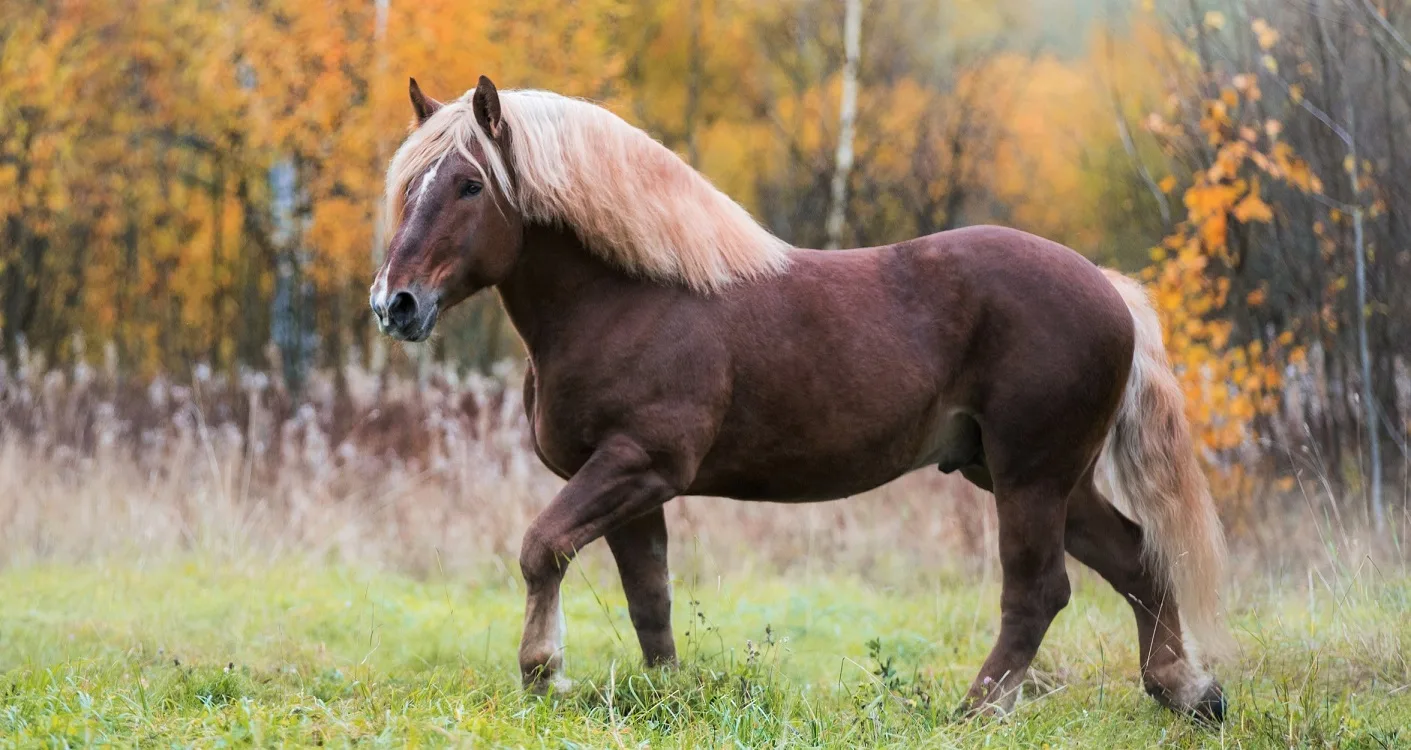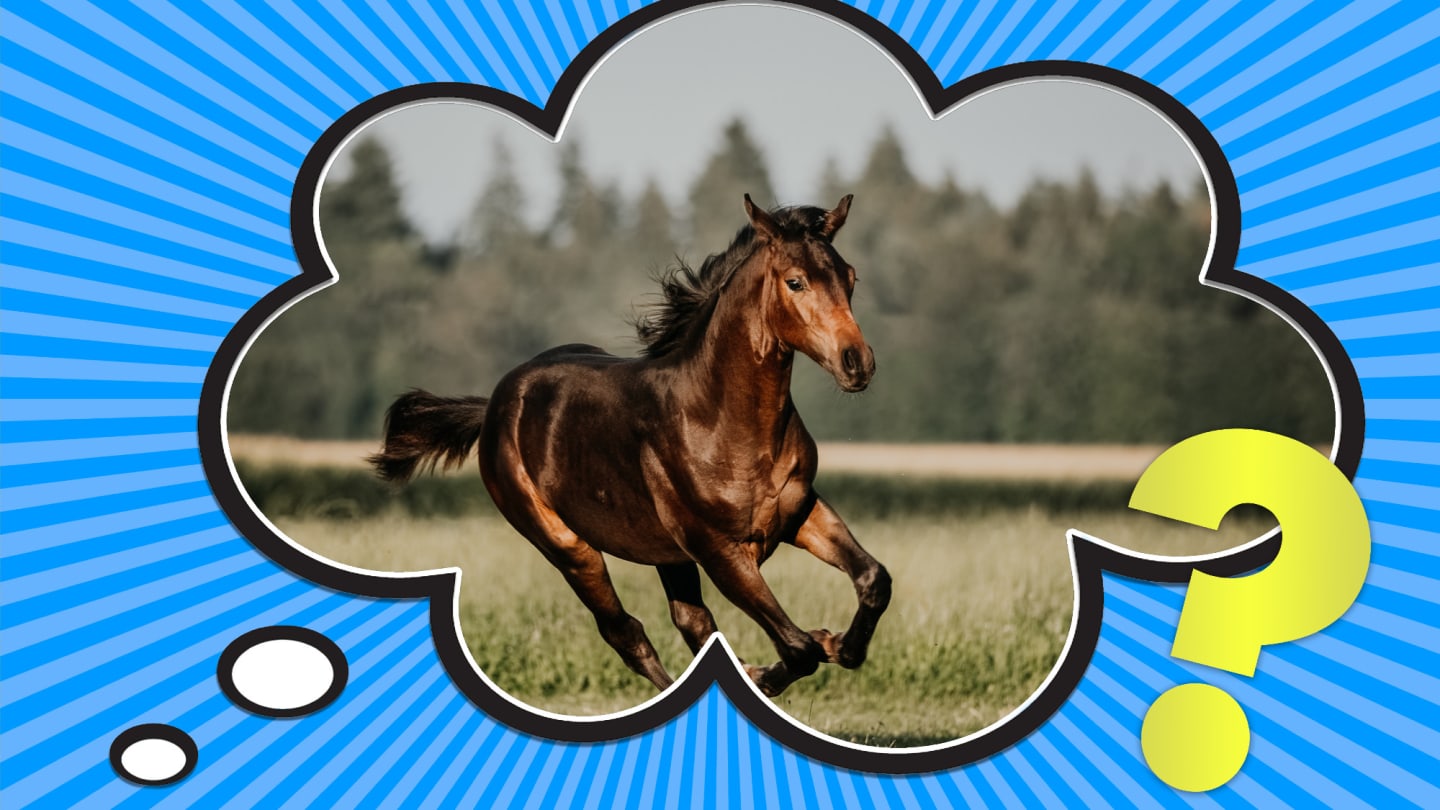Have you ever wondered how much horsepower a horse has? It’s a common question that many people ask, especially those with an interest in both horses and horsepower. In this article, we’ll explore the fascinating relationship between these majestic animals and the power they possess. We’ll delve into the science behind horse strength, the historical significance of horsepower, and the modern-day applications of this age-old measurement. By the end of this article, you’ll have a newfound appreciation for the incredible capabilities of horses and their impact on human civilization.
The Science of Horsepower

To understand how much horsepower a horse has, it’s essential to first define what horsepower actually means. In scientific terms, one horsepower is equivalent to the amount of work needed to lift 550 pounds over one foot in one second. This unit of measurement was originally coined by James Watt, the Scottish inventor, to compare the power of steam engines to that of horses during the industrial revolution. So, when we refer to the horsepower of a horse, we’re essentially quantifying its ability to perform work at a certain rate.
Muscular Strength
Horses are renowned for their incredible muscular strength. Their large, powerful bodies are capable of generating immense force, allowing them to carry heavy loads, pull plows, and perform a wide range of physically demanding tasks. The key to their strength lies in the composition of their muscles, particularly the fast-twitch fibers that enable rapid and forceful contractions. This muscular structure gives horses the ability to produce significant power, making them well-suited for various forms of labor and athletic endeavors.
Cardiovascular Endurance
In addition to their muscular strength, horses also possess remarkable cardiovascular endurance. Their hearts are incredibly efficient at pumping oxygenated blood to the muscles, allowing for sustained exertion over long periods. This combination of strength and endurance is what enables horses to maintain a consistent level of performance, whether it’s pulling a carriage, competing in equestrian events, or simply galloping across open terrain. Their cardiovascular capacity contributes to their overall power output and makes them formidable creatures in the realm of physical performance.
The Historical Significance of Horsepower

The concept of horsepower has deep historical roots, dating back to ancient civilizations where horses played a pivotal role in transportation, agriculture, and warfare. Before the advent of mechanized vehicles, horses were the primary source of power for pulling carriages, plowing fields, and engaging in military campaigns. The measurement of horsepower became a standard unit for evaluating the capabilities of these animals, shaping the way societies harnessed their strength for various practical purposes.
Industrial Revolution
The industrial revolution marked a significant turning point in the utilization of horsepower, as steam engines and other mechanical innovations began to replace horses as the primary source of power in manufacturing and transportation. However, the term “horsepower” persisted as a means of quantifying the output of these new technologies, serving as a direct link to the era when horses were the driving force behind human progress. The legacy of horse-powered labor continues to influence our understanding of energy and work to this day.
Cultural Symbolism
Beyond their practical contributions, horses have also held symbolic significance in countless cultures throughout history. They have been revered for their strength, grace, and companionship, often serving as emblems of power, freedom, and nobility. The romanticized image of a horse galloping across a vast landscape has captured the imagination of people across the ages, reflecting the enduring allure of these magnificent creatures. The concept of horsepower extends beyond mere physical capacity, encompassing a broader cultural and emotional resonance that transcends utilitarian measurements.
Modern-Day Applications of Horsepower

While the era of horse-drawn carriages and plows may seem like a distant memory, the concept of horsepower remains highly relevant in the modern world. In contemporary society, horsepower is commonly associated with automotive engines, where it serves as a key metric for evaluating the performance of cars, trucks, and other motorized vehicles. The ability of a vehicle to accelerate, tow heavy loads, and maintain high speeds is often expressed in terms of horsepower, reflecting the enduring legacy of equine power in our technological age.
Automotive Industry
In the automotive industry, the term “horsepower” has become synonymous with speed, acceleration, and overall driving performance. Car enthusiasts and industry professionals alike place significant emphasis on horsepower ratings when assessing the capabilities of different vehicle models. Whether it’s a high-performance sports car or a rugged off-road truck, the horsepower of an engine serves as a critical factor in determining the dynamic characteristics and competitive edge of a vehicle.
Recreational Activities
Beyond the realm of transportation, horses continue to play a central role in recreational activities such as horseback riding, equestrian sports, and competitive racing. The power and agility of horses are showcased in events like show jumping, dressage, and rodeo competitions, where their athletic prowess is on full display. The relationship between humans and horses has evolved from one of practical necessity to one of mutual enjoyment and camaraderie, highlighting the enduring appeal of these majestic animals in leisure pursuits.
The Future of Horsepower
As we look ahead to the future, the concept of horsepower is likely to undergo further evolution, driven by advancements in technology, alternative energy sources, and changing societal needs. The traditional association with equine strength may give way to new forms of power generation and performance metrics, reflecting the shifting landscape of transportation, industry, and recreation. However, the intrinsic qualities that have long defined horsepower – strength, endurance, and the ability to drive progress – will continue to shape our understanding of power and productivity in the years to come.
Sustainable Energy
With growing concerns about environmental sustainability and resource conservation, the focus on sustainable energy sources is reshaping the way we think about power and performance. Electric vehicles, hybrid engines, and other eco-friendly transportation solutions are challenging conventional notions of horsepower, emphasizing efficiency and reduced environmental impact. The transition toward cleaner, more sustainable forms of energy is redefining the parameters of power in the automotive and industrial sectors, signaling a shift toward a new era of responsible and environmentally conscious horsepower.
Technological Innovation
In the realm of technological innovation, advancements in materials science, engineering, and design are pushing the boundaries of performance and efficiency. The development of lightweight yet durable materials, aerodynamic designs, and sophisticated propulsion systems is revolutionizing the way we harness and measure power. As new technologies continue to emerge, the traditional concept of horsepower may be reimagined in the context of cutting-edge solutions that prioritize agility, responsiveness, and intelligent power management.
Curious about the capabilities of horses? Check out our articles on how much weight a horse can carry, how much weight an Arabian horse can carry, and the weight of a quarter horse for more insight into the fascinating world of equine abilities!
Conclusion
In conclusion, the question of how much horsepower a horse has encompasses a rich tapestry of scientific, historical, and cultural significance. From the muscular strength and cardiovascular endurance of these magnificent animals to their enduring legacy in human civilization, horses have left an indelible mark on our understanding of power and productivity. As we navigate the complexities of the modern world, the concept of horsepower continues to inspire and inform our pursuit of innovative solutions and sustainable practices. Whether in the context of automotive performance, recreational activities, or future technological frontiers, the spirit of horsepower endures as a symbol of strength, resilience, and the timeless bond between humans and horses.



